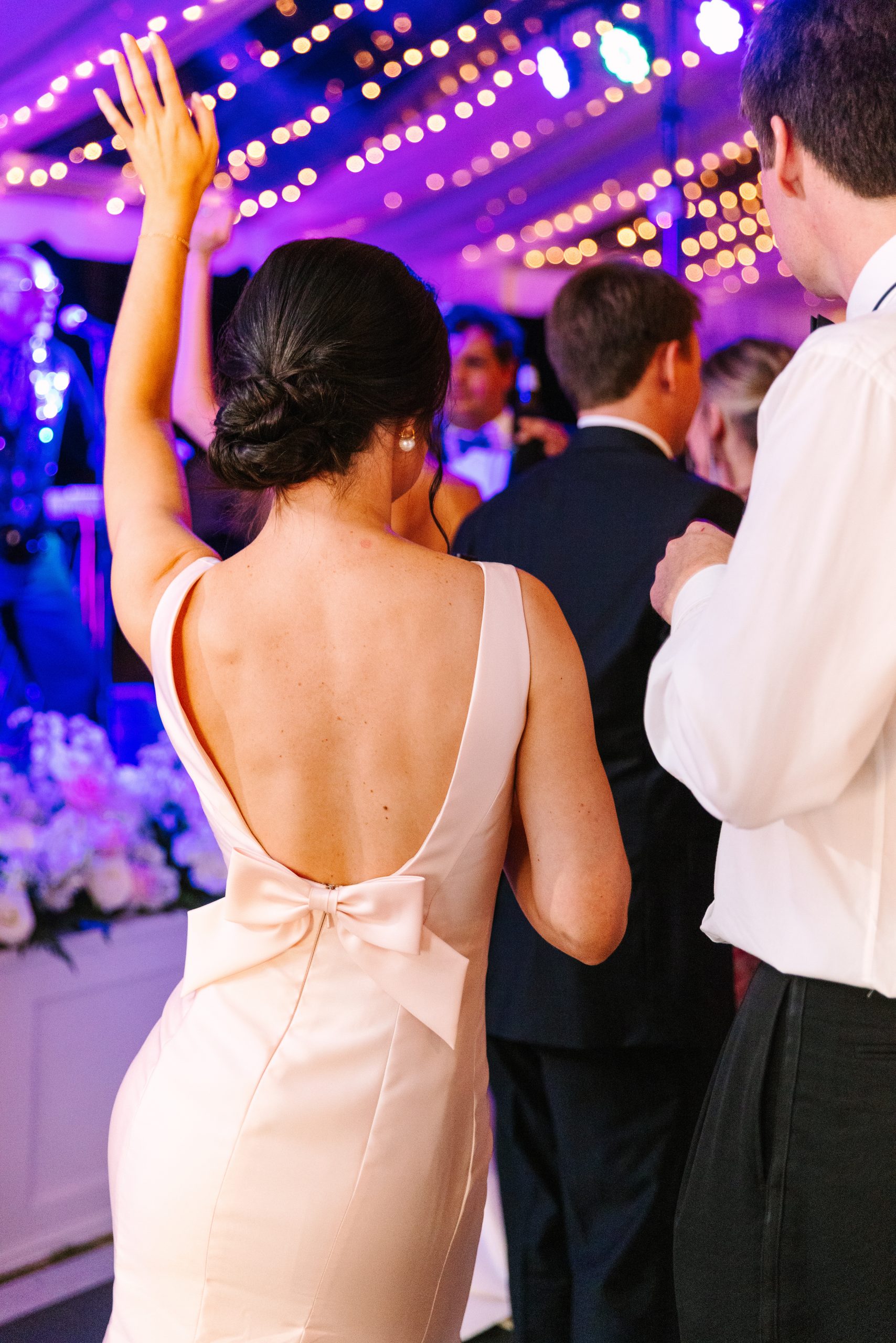Whenever I tell fellow photographers that I like shooting with high ISO on a regular basis, they all react the same way: really?! And you don’t get grain?! Or even: that goes against everything I’ve ever read/learned in school!
The truth is, I’m completely self-taught when it comes to photography and I’ve never been one to follow the “rules” of photography 100% – especially if they don’t yield the kind of results I want. So yes, I shoot with a super high ISO pretty much all of the time and it totally works for me! I’ve always subscribed to the theory that I’d rather have images that are light-filled and in focus versus a photo with no grain. Grain doesn’t bother me and honestly, I don’t ever really notice it. So when it comes to the exposure triangle, my aperture + shutter speed are way more important to me than my ISO. I’ll bump my ISO high so that I can maintain an appropriate aperture and shutter speed, because I don’t want soft images shot wide open and I don’t want motion blur due to a slow shutter speed.
So how can it be that I shoot with high ISO and still produce crisp, light-filled images that aren’t overly grainy?
I think it all comes down to the way I shoot. Getting things right in-camera is super important! I always over-expose my images at least 1 stop, if not more, in-camera. So when I’m shooting, my light meter reading is +1 or more to the right of center (below).
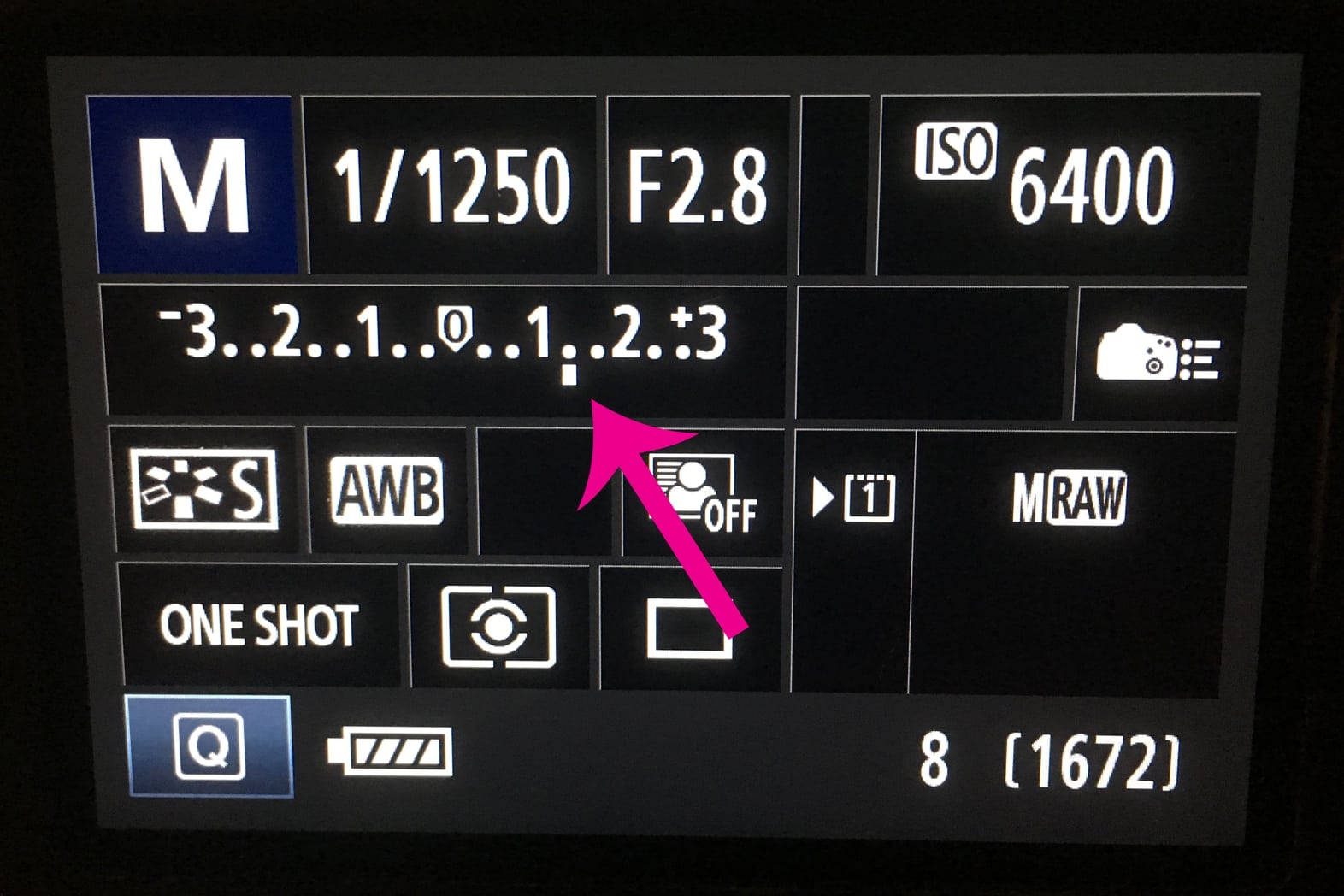
By over-exposing my images when I am shooting, I am able to minimize the amount of grain because I won’t have to boost exposure as much in post-production. This also gives me the light and airy images I love. And realistically, if there is any noticeable grain in my images once I am done editing them, I will use the Lightroom Noise Reduction module to correct it. It works like a charm!
For me, high ISO is “normal”. It’s just something I’ve always done and it gives me the results I like. Honestly, the lowest ISO I probably ever use is ISO 400 and that’s VERY RARE… usually only when I’m shooting in direct mid-day sun. I know, I know… it goes against everything you’ve ever heard or read. But it works for me and I love the results.
I shoot with a Canon R5 and the ISO capabilities are amazing. In my opinion: why not utilize it?! Below are a few photos in various lighting scenarios with the settings listed so you can see what I’m talking about. If you’re consistently frustrated with your own images and are looking to create more light-filled images, try boosting your ISO and see how it works for you. You just may be amazed!
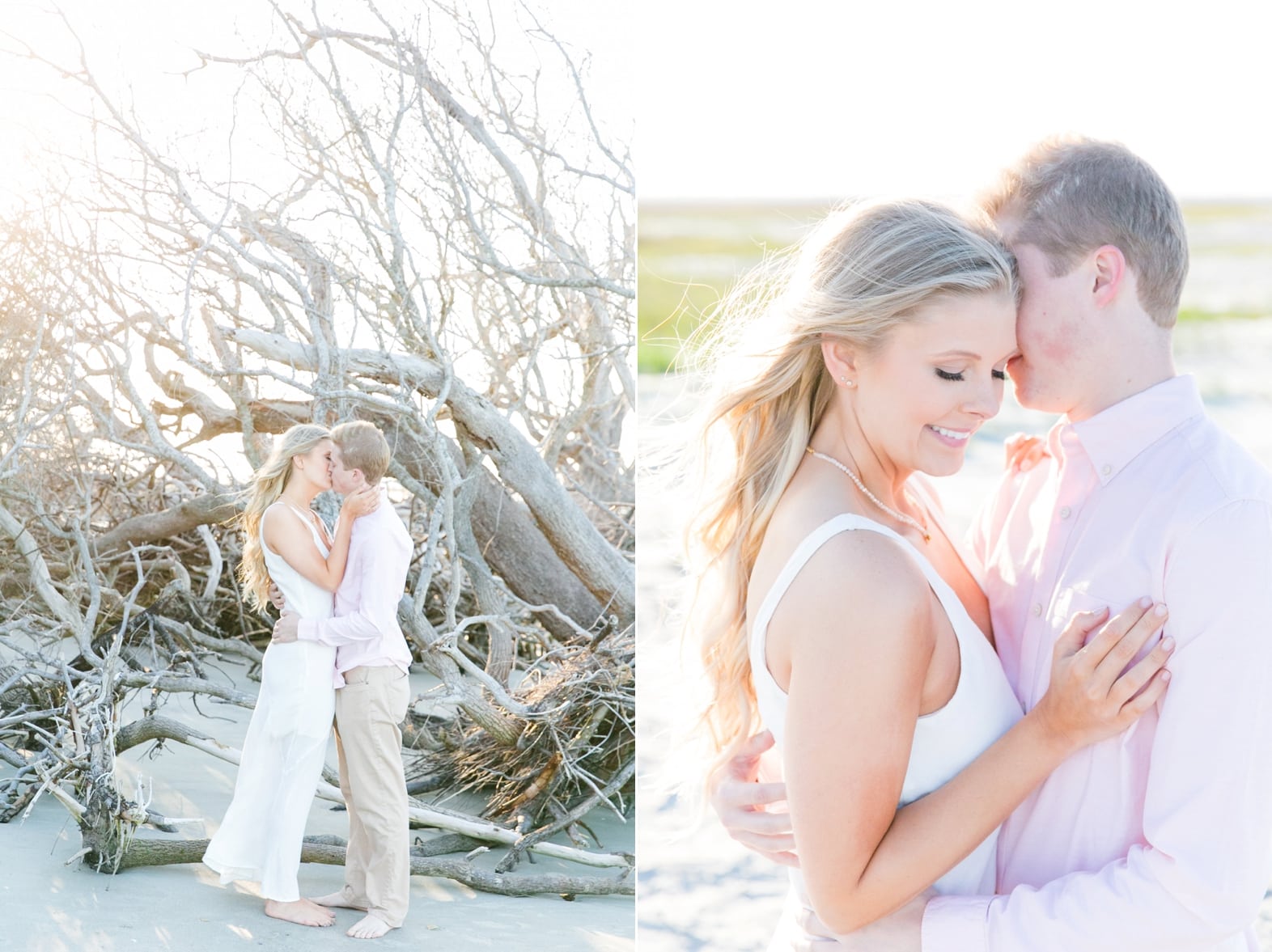 Left: ISO 2000 | 57mm | f/4 | 1/2000
Left: ISO 2000 | 57mm | f/4 | 1/2000
Right: ISO 2000 | 67mm | f/4 | 1/8000
 ISO 2000 | 70mm | f/4 | 1/2500
ISO 2000 | 70mm | f/4 | 1/2500
 ISO 6400 | 28mm | f/4 | 1/160
ISO 6400 | 28mm | f/4 | 1/160
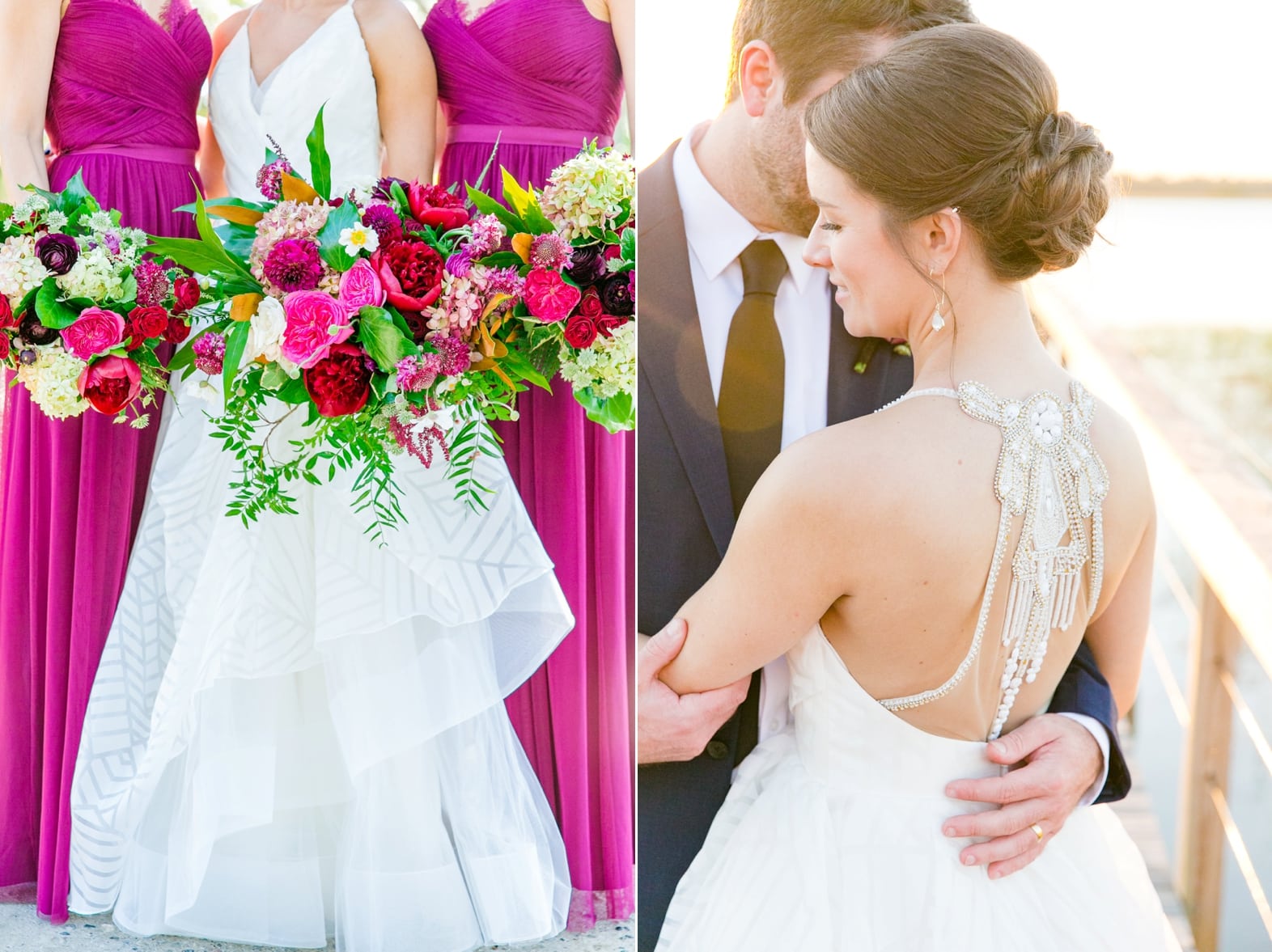 Left: ISO 1600 | 67mm | f/4 | 1/640
Left: ISO 1600 | 67mm | f/4 | 1/640
Right: ISO 2000 | 65mm | f/4.5 | 1/1250
 ISO 1600 | 100mm | f/5 | 1/1250
ISO 1600 | 100mm | f/5 | 1/1250
 ISO 2000 | 55mm | f/4 | 1/800
ISO 2000 | 55mm | f/4 | 1/800
 Left: ISO 2500 | 70mm | f/4 | 1/3200
Left: ISO 2500 | 70mm | f/4 | 1/3200
Right: ISO 2500 | 100mm | f/5 | 1/1250
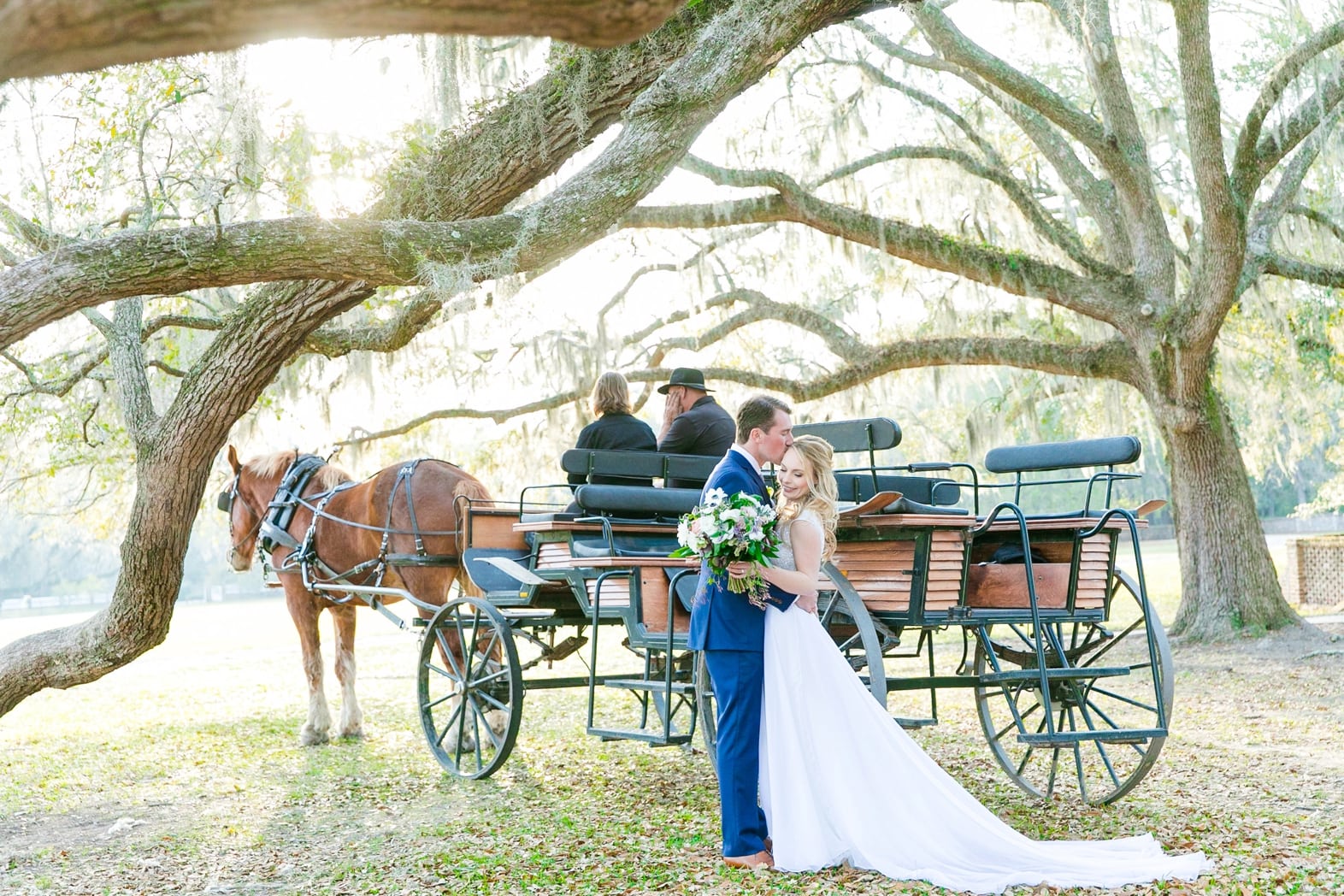 ISO 1250 | 50mm | f/4 | 1/500
ISO 1250 | 50mm | f/4 | 1/500
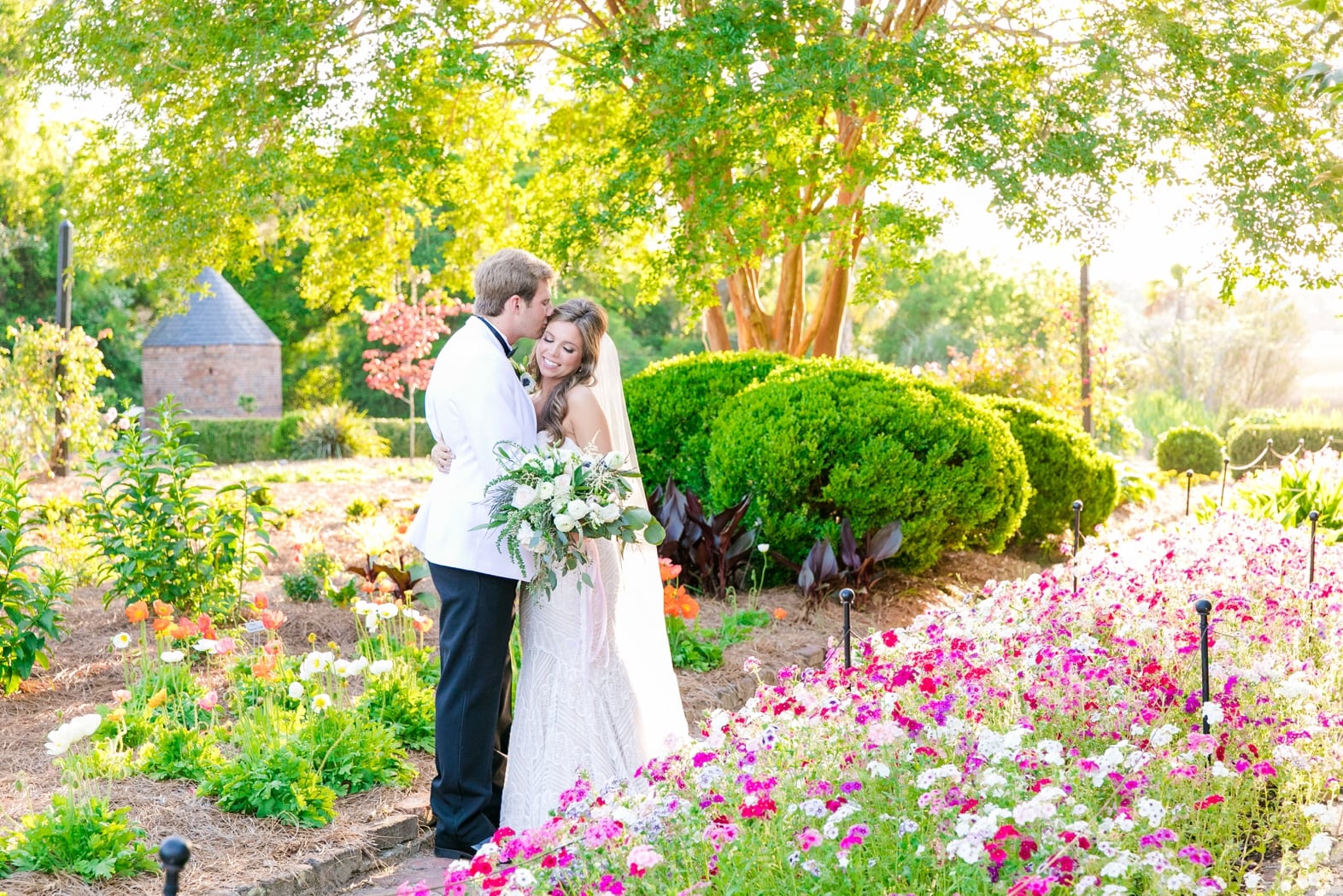 ISO 2000 | 53mm | f/4 | 1/800
ISO 2000 | 53mm | f/4 | 1/800
 ISO 2500 | 100mm | f/5 | 1/250
ISO 2500 | 100mm | f/5 | 1/250
 Left: ISO 2500 | 70mm | f/4 | 1/800
Left: ISO 2500 | 70mm | f/4 | 1/800
Right: ISO 2000 | 70mm | f/4 | 1/1600
 ISO 6400 | 50mm | f/4 | 1/1250
ISO 6400 | 50mm | f/4 | 1/1250
With a well-worn passport in hand, and an affinity for a good cocktail, Dana works with fun-loving and kind-hearted clients around the globe.
meet DANA
I met up with Dawn + Joey in February for their beautiful engagement session here in Charleston. They brought their two beautiful pups, Willow + Cricket, along for part of the session… and boy, did they have a blast at Hampton Park?!? I am totally OBSESSED with the photos of them walking together (below) because […]

Audra + Rahul’s beautiful traditional Indian wedding in Charleston was definitely one for the books. I absolutely LOVE everything about South Asian/Indian weddings… the colors, the attire, the music, the food, the traditions, the rituals, the family element, the dancing. There really is nothing like it and if I could specialize in shooting only South […]

From the very first time I spoke with Martha Camille, I knew that her Boone Hall wedding was going to be EPIC. I also knew that she was going to be a dream client for me – and she absolutely was! I love all of my couples, but it’s so extra special when someone has […]

When Martha Camille told me that she wanted to recreate her mother’s studio bridal portraits, I’ll admit… I was a little hesitant. I’ve never done studio bridal portraits before and I was worried that I wouldn’t be able to bring her vision to life. As a creative, I love doing things that are outside of […]

2023 was definitely one of the best years yet for my business. I had the honor of working with so many fabulous couples, in so many fabulous locations… including Spain, Italy, and Hawaii! I feel extremely lucky that I was able to experience such a tremendous year of growth and travel. Here are some of […]
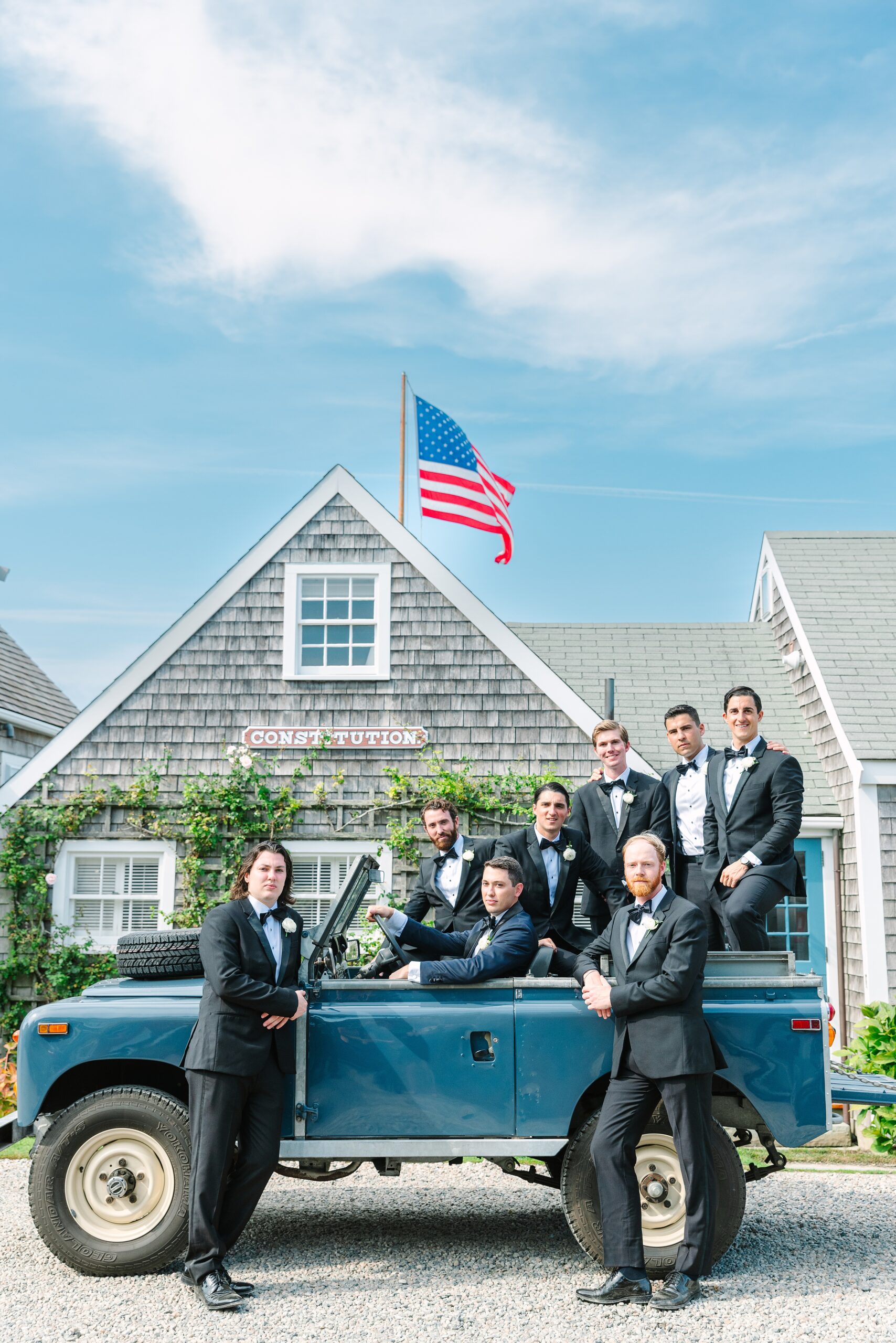
This colorful winter wedding at Sea Pines Resort was the perfect way to start 2024. On one of the coldest days of the year, Caitlyn + Mark said “I do!” on the iconic 18th lawn at Harbourtown Links, overlooking the Calibogue Sound. Surrounded by their closest family + friends, their day was everything that Caitlyn […]

entries
popular
